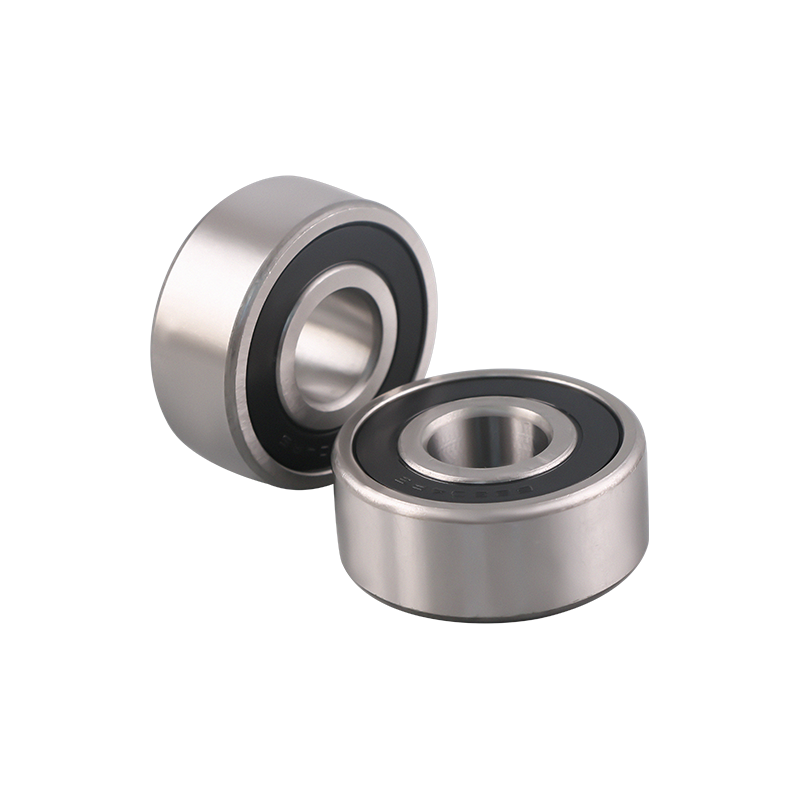A ball bearing is a type of rolling element bearing that uses balls to maintain separation between the bearing races. These types of bearings are often used in industrial applications, including car engines and aircraft engines. They are also used in some types of sports equipment. They are available in a variety of shapes, sizes, and materials.
The ball in a ball bearing is made of steel, but some types of materials are available for use instead. For instance, silicon nitride ceramic balls are lightweight, tough, and exhibit excellent corrosion resistance. They are also self-lubricating. They also exhibit superior resistance to temperature changes. These ball bearings are more expensive than aluminum oxide ones, but they have many other benefits. Most of the mechanical industries use this type of ball bearing.
Another type of ball bearing is made with a cage, or separator. This cage acts as a container for the balls and keeps them apart from each other as they roll around the bearing. These types of bearings can support significant axial loads in either direction. This means that they are a great choice for many applications. But if you need a very precise ball bearing, you might want to consider a different type of bearing.
Ball bearings are the most common type of mechanical bearings, and are ideal for applications requiring small amounts of weight. These bearings consist of two steel races: an outer race and an inner race. The outer race contains the ball and transmits the load. Typically, one race is stationary, while the other is linked to a rotating assembly. This means that the ball tends to rotate in the outer race.
A ball bearing's surface must be effectively lubricated. They are usually sealed with grease to prevent contamination. This is important if the bearing is going to be exposed to high levels of contaminants. This seal helps protect the bearing from corrosion. And it prevents contamination, which is especially useful in industries that use a lot of grease.
Ball bearings are made from various materials, with the most common one being stainless steel. Because of their strength, they need to be able to withstand high levels of stress. A typical steel ball bearing has a Rockwell rating of 58. Steel and plastic are other materials that can also be used in ball bearings. The latter type of material is cheaper and less corrosive, but it is not as durable as the former.
Ball bearings are widely used in appliances and machinery. In fact, the average household uses up to fifteen different bearings. Refrigerators, air conditioners, dishwashers, and dryers are just a few of the items in the home that use ball bearings. Aside from these, you can find them in ceiling fans, food processors, blenders, and drawers.
Ball bearings are self-aligning. Their outer ring contains a ball assembly, which is self-aligning and will tolerate small angular misalignment. However, they have limited load capacity. An alternative type of ball bearing is the spherical roller bearing, which has a similar design, but uses rollers instead of balls. It has a low load rating, and is often used in applications where space is limited.
In many applications, the most common type of ball bearing is the radial type. This type has two rows of balls that are radially offset. The outer ring has a large gap and is not completely sealed. This allows the balls to reposition themselves and prevents the inner ring from bearing load. This type of bearing is generally used in pairs, with each bearing supporting the load in one direction. There are also self-aligning bearings that use multiple rows of balls.
Ball bearings are incredibly important in our daily lives. Their use in many different applications helps reduce friction and enhance mobility. The vast majority of the population uses ball bearings in various daily activities. They are a vital part of many devices we use every day. They are used in many different devices and are made of different materials.
The main purpose of a ball bearing is to reduce friction. By reducing friction, ball bearings allow rotary and linear motion between two surfaces. Ball bearings consist of steel balls that are sandwiched between a stationary outer race and a rotating inner race. In addition to the ball, a cage holds the bearing in place. They are also often accompanied by seal or shield rings that help keep the bearing clean.






